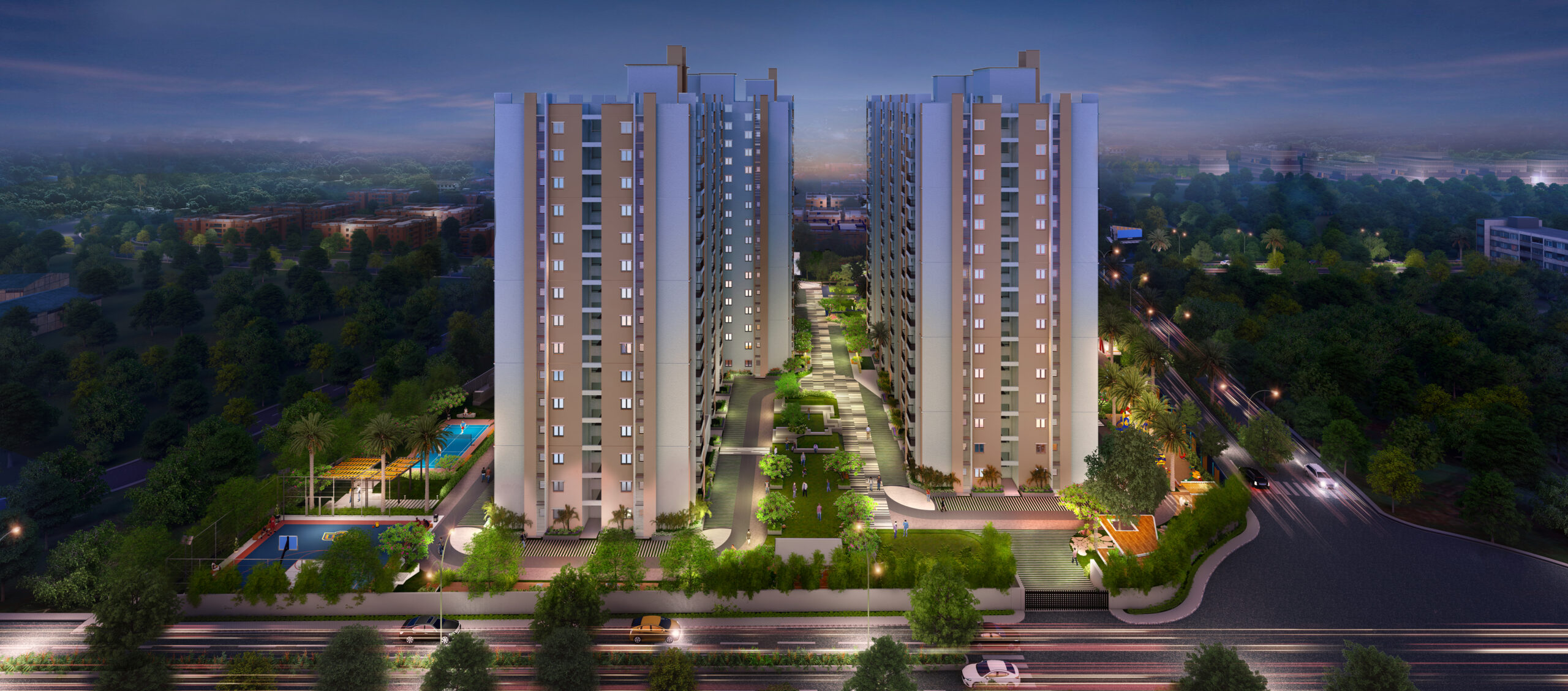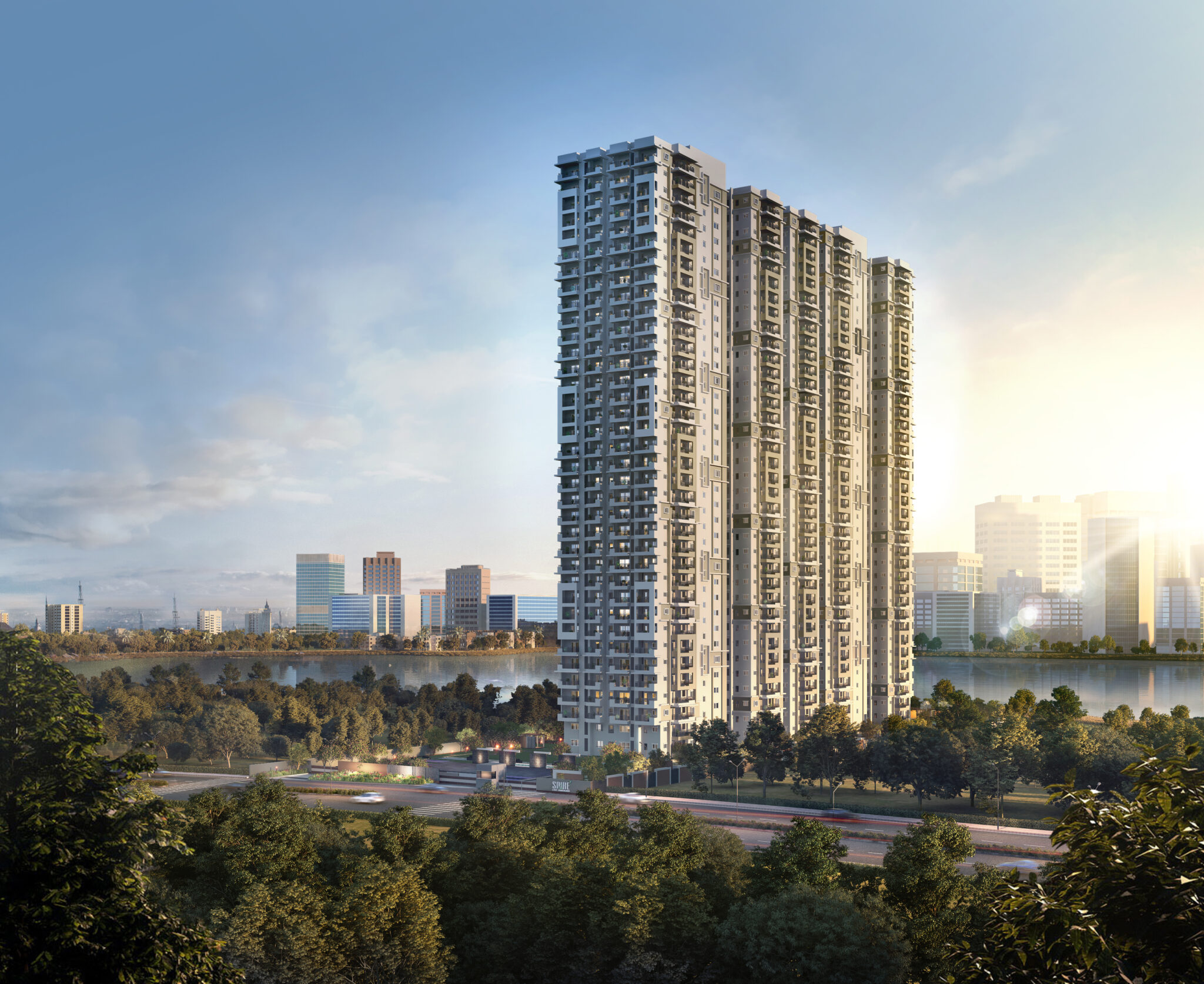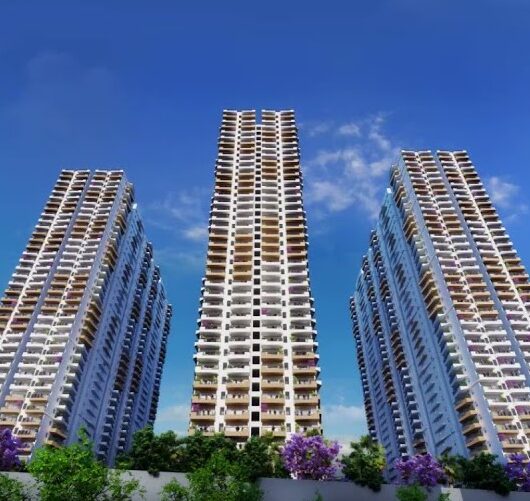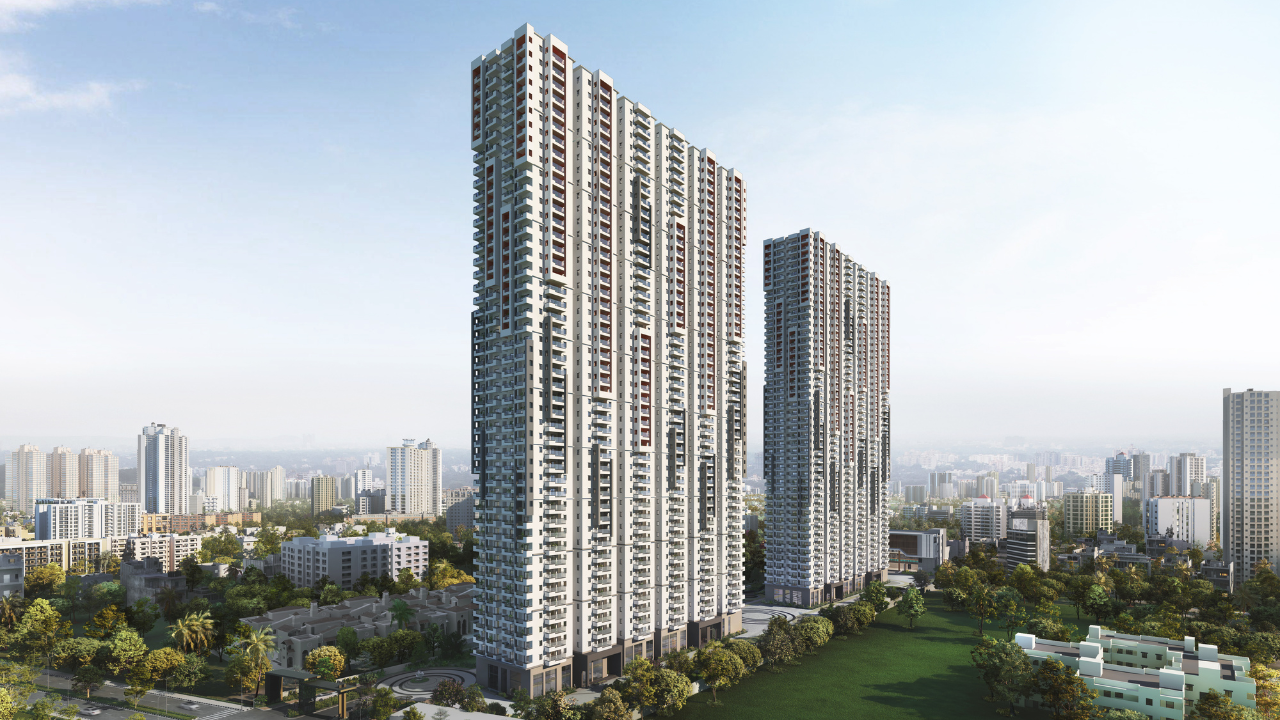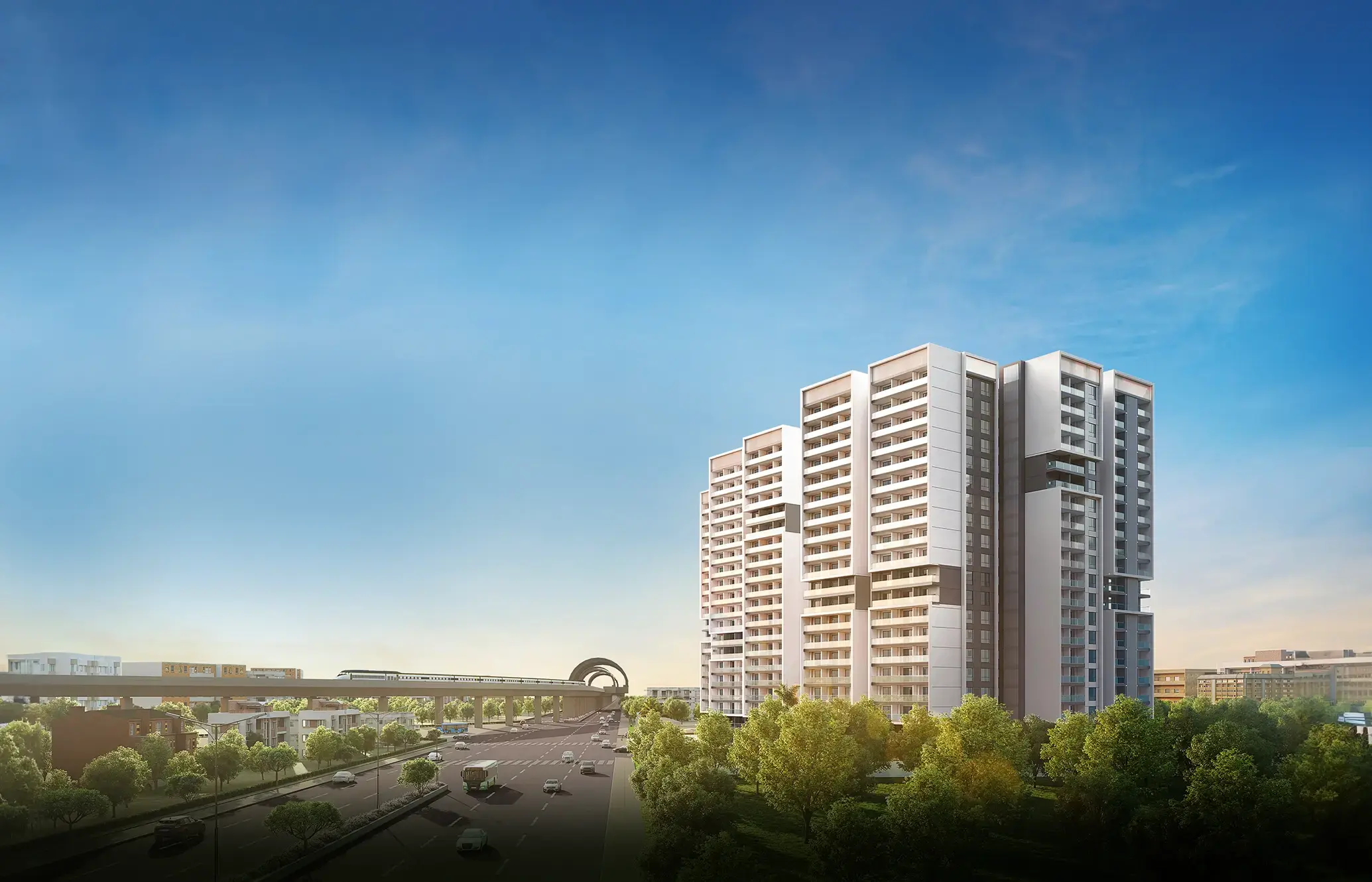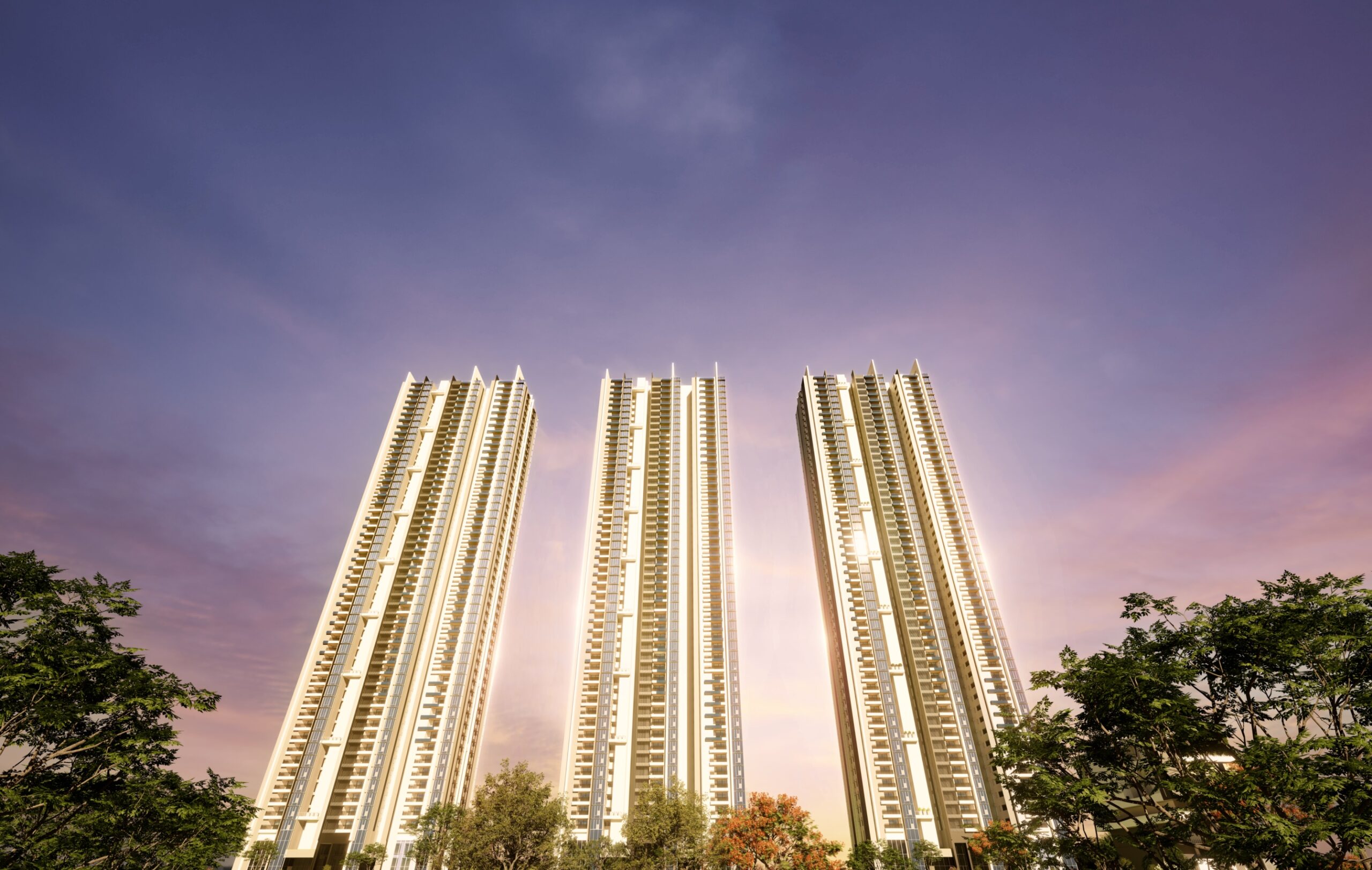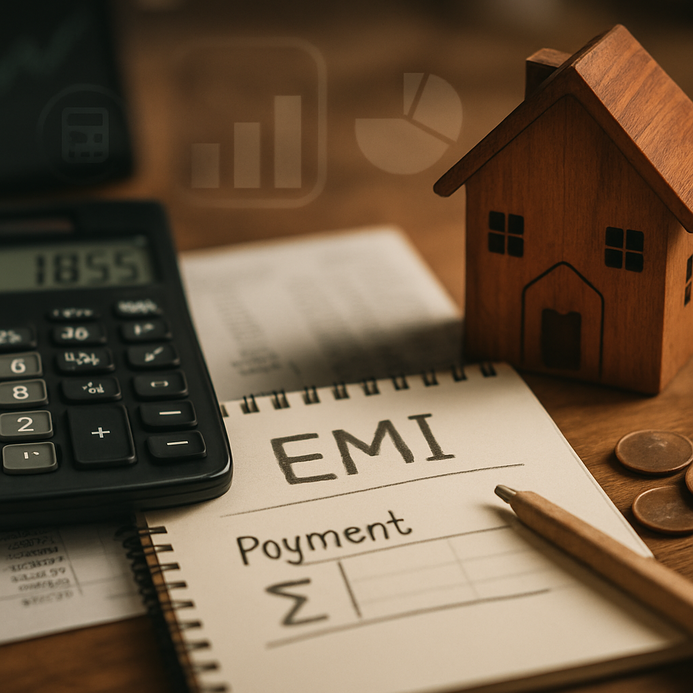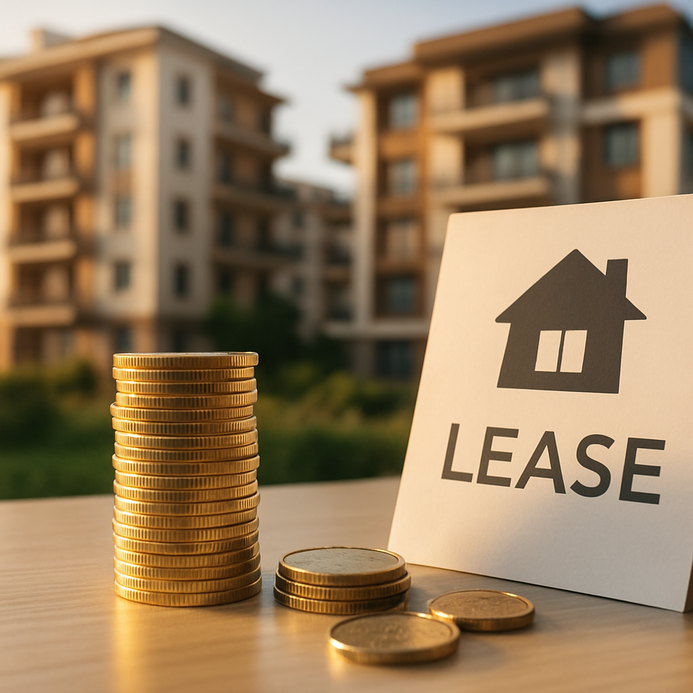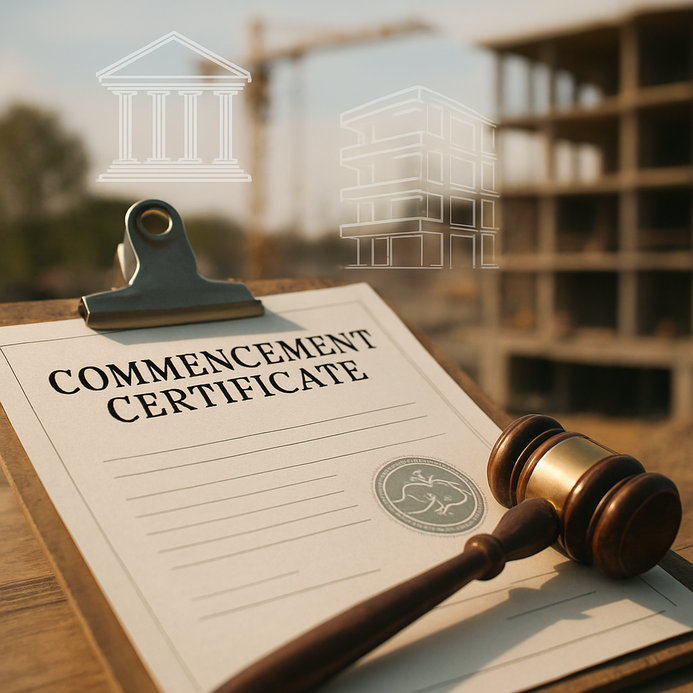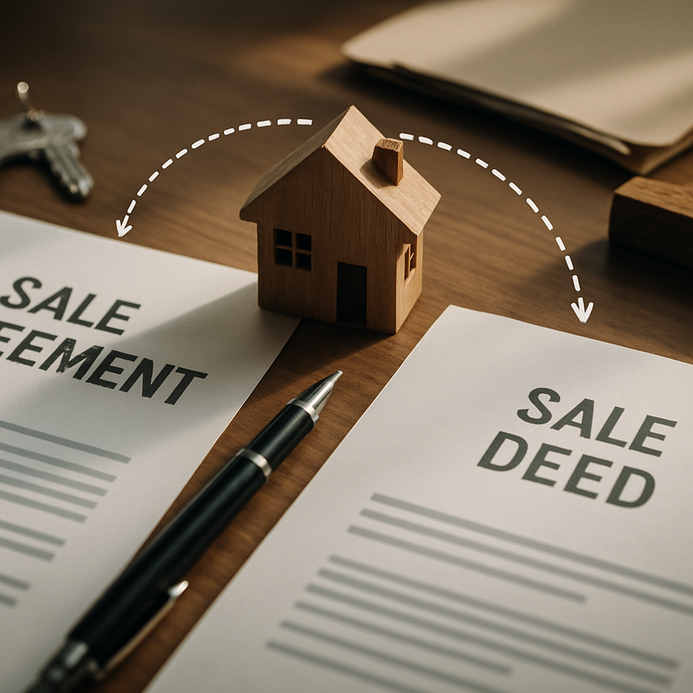RERA Hyderabad: Verify Builders To Secure Your Investment
- 1 Understanding RERA: Your First Step in Builder Verification
- 2 Assessing Past Project Delivery: Timelines and Performance
- 3 Quality of Construction: Importance of Site Visits
- 4 Analyzing Online Reviews and Testimonials
- 5 Investigating Legal Disputes: Red Flags to Watch Out For
- 6 FAQ
- 6.1 1. What is RERA?
- 6.2 2. How can I verify a builder’s RERA status?
- 6.3 3. Why is it important to assess a builder’s past project delivery?
- 6.4 4. What should I look for during a site visit?
- 6.5 5. How can I analyze online reviews and testimonials effectively?
- 6.6 6. What red flags should I watch out for regarding legal disputes with a builder?
Understanding RERA: Your First Step in Builder Verification
Okay, let’s talk about RERA – yeah, that’s the Real Estate (Regulation and Development) Act. It’s a big deal, especially if you’re buying property in Hyderabad. This act is all about bringing fairness and transparency into the real estate game. It protects buyers from scams, which is a huge relief, right? Builders have to register their projects, giving out the necessary details – timelines, costs, plans, you name it.
Wanna check if your builder’s RERA registration is legit? Just pop over to the official RERA website. It’s pretty straightforward. Look for the “Project Registration” section and search using the builder’s name or the specific project. If it throws up results, congrats, you’ve verified, and your investment is a little safer.
| Key RERA Features | Description |
|---|---|
| Transparency | RERA mandates builders to disclose all project-related information. |
| Timely Delivery | Developers must adhere to the specified timeline, or they face penalties. |
| Accountability | Buyers can lodge complaints if the builder fails to deliver on promises. |
Studies show that RERA has built buyer confidence around 70% of folks feel more secure investing now. Builders in Telangana are more keen to comply, too, so they keep your trust. And, guess what? Fraudulent activities have hit a serious decline since RERA stepped in.
Need further insights on checking properties and validating developers? Check out these articles: How to Understand a Property Layout Plan Before Making a Purchase and Don’t Sign Blindly: Master the Builder-Buyer Agreement.
Assessing Past Project Delivery: Timelines and Performance
Now, let’s get into how you can really get the lowdown on a builder. You gotta assess their past project delivery. This isn’t just about vibes, it’s about real numbers. Key performance indicators (KPIs) tell a lot about how trustworthy a builder is, and let me tell you, sticking to timelines is a major one.
| Builder Name | Average Delivery Timeline (Months) | Projects Completed On Time (%) | Delayed Projects (%) |
|---|---|---|---|
| Builder A | 24 | 70% | 30% |
| Builder B | 30 | 85% | 15% |
| Builder C | 18 | 65% | 35% |
Since RERA kicked in, deadlines have become critical around here. It’s all about transparency now, which means builders need to keep you in the loop about project schedules, or else they face penalties. Do your homework on a builder’s RERA status and check for any past complaints about delays. Websites like Housing.com have insights on builders governed by RERA.
But it ain’t just about when a project’s done; you need to look into what’s been built. Check the quality of construction, the amenities, and what other buyers are saying. Real reviews from folks who have already bought in can tell you if a builder is committed to quality or just chasing bucks. The RERA database is also a goldmine for info on project completions and user feedback.
For a well-rounded view, pair these personal insights with the hard data on timelines. With some diligent digging, you can really gauge a builder’s reliability and make smarter investment decisions. Looking for more on how to navigate this compliance world? Peep this article on source.
You might also wanna stay updated on market trends. Check out our articles on understanding property layout plans and mastering builder-buyer agreements for some backup.
Quality of Construction: Importance of Site Visits
Let’s talk site visits. When you’re vetting a builder, this is a must. Getting out there to see completed projects helps you look at the construction quality in real-time. Here’s what to keep an eye on during your visit:
1. Build Quality and Materials Used
Are they using good materials? You should see high-quality bricks, solid concrete, and decent fixtures. Ask about where they got their materials and if they follow the right standards. Builders who stick to rera are more likely to deliver quality stuff.
2. Finishing and Craftsmanship
Check the finishes – paint, tiling, carpentry. If it looks sloppy, that screams a lack of attention to detail. Look for straight lines, level floors, and those clean edges that show care. Quality construction means consistency in design too.
| Aspect | Quality Signs | Poor Quality Signs |
|---|---|---|
| Materials | High-grade bricks, durable fixtures | Poor-grade materials, visible wear |
| Finishing | Smooth paint, well-laid tiles | Peeled paint, uneven tiles |
| Craftsmanship | Precise cuts, aligned edges | Misaligned fittings, rough edges |
3. Checking Compliance with RERA
Make sure the project’s registered. You can check online for RERA compliance, you don’t want to miss out on those safety and quality standards.
4. Involvement of Certified Professionals
Ask if certified pros were involved like engineers or architects. Their supervision usually means sticking to quality guidelines. Builders who work with RERA-certified agents, often promote transparency in their dealings.
Doing thorough site visits and considering these factors gives you a clearer picture of a builder’s credibility and the potential value of your investment. For a broader understanding of builders, check other related articles for more insights.
Analyzing Online Reviews and Testimonials
Time to dig into online reviews to check out a builder’s rep and project history. Buyers often lean on real talk from previous customers. Here’s how to swift through the noise:
1. Focus on RERA Platforms: Builders registered under RERA have to follow some transparency rules. Check their status on the site, verified projects usually see fewer complaints.
2. Look for Consistency: Read reviews from multiple places (Google, Facebook, etc). If feedback is consistent across sites, that’s a good sign. Look for common issues or praises about specific details.
3. Engage in Community Forums: Online real estate forums can be a goldmine for chatter about local builders.
4. Review Ratings and Testimonials: Check the star ratings and read customer stories. Look for detailed reviews sharing real experiences. Be cautious with extreme comments, they could be fake.
5. Utilize RERA Complaints Database: The site lists complaints against builders, giving a clear view of any legal troubles contributing to project delays or worsening reputations.
Important Considerations
| Aspect | Details |
|---|---|
| Transparency Requirement | Builders must provide clear project timelines under RERA. |
| Feedback Evaluation | Check for patterns in reviews to identify genuine concerns. |
| Community Feedback | Engage with online communities to gauge broader sentiments. |
Using these tips, potential buyers can assess builders more carefully while dodging possible landmines. Need more guidance on project evaluations? And for a deeper dive into RERA, explore the other related articles we’ve got.
Investigating Legal Disputes: Red Flags to Watch Out For
Alright, let’s get serious, when you pick a builder, checking their legal history is a must. Legal disputes can totally change your buying game. You’ve gotta be aware of risks like delays, financial woes, or just poor construction overall.
First things first: check if there’s an ongoing legal spat with the builder. Their complaint history with RERA is a goldmine of info. RERA lets buyers verify any complaints against builders, a big deal for your decision-making. Curious about complaint data? Hit up the official RERA portal.
Keep an eye out for these key indicators:
| Indicator | Implication |
|---|---|
| Multiple pending lawsuits | Suggests possible financial instability. |
| Frequent complaints on MahaRERA | Indicates ongoing dissatisfaction from previous buyers. |
| No completion certificates | Might signal delays or legal troubles. |
If the builder has a bunch of unresolved issues, you could end up waiting longer for your project and that’s just risky for your investment. Consulting with experts or real estate pros might be wise if you spot major legal red flags. Also, stay updated about the builder’s rep by checking various consumer feedback platforms or real estate forums.
In the end, make sure you do your homework before diving in. Knowing the legal risks in property buying can save you from unpleasant surprises, giving you that much-needed confidence as a buyer. For more insights on managing builder complaints, check out the articles addressing how to navigate disputes: Verify Builder’s RERA Track Record.
FAQ
1. What is RERA?
RERA stands for the Real Estate (Regulation and Development) Act, aimed at protecting buyers and promoting transparency in the real estate sector.
2. How can I verify a builder’s RERA status?
You can verify a builder’s RERA status by searching for their details on the official RERA website under the “Project Registration” section.
3. Why is it important to assess a builder’s past project delivery?
Assessing a builder’s past project delivery helps determine their reliability and adherence to timelines, which are crucial indicators of their trustworthiness.
4. What should I look for during a site visit?
During a site visit, check the quality of materials, finishing and craftsmanship, compliance with RERA, and whether certified professionals were involved.
5. How can I analyze online reviews and testimonials effectively?
Focus on RERA platforms, look for consistency across different review sites, engage in community forums, and utilize the RERA complaints database to gauge feedback.
6. What red flags should I watch out for regarding legal disputes with a builder?
Look for multiple pending lawsuits, frequent complaints on RERA, and lack of completion certificates, as these may indicate financial instability or poor construction practices.
